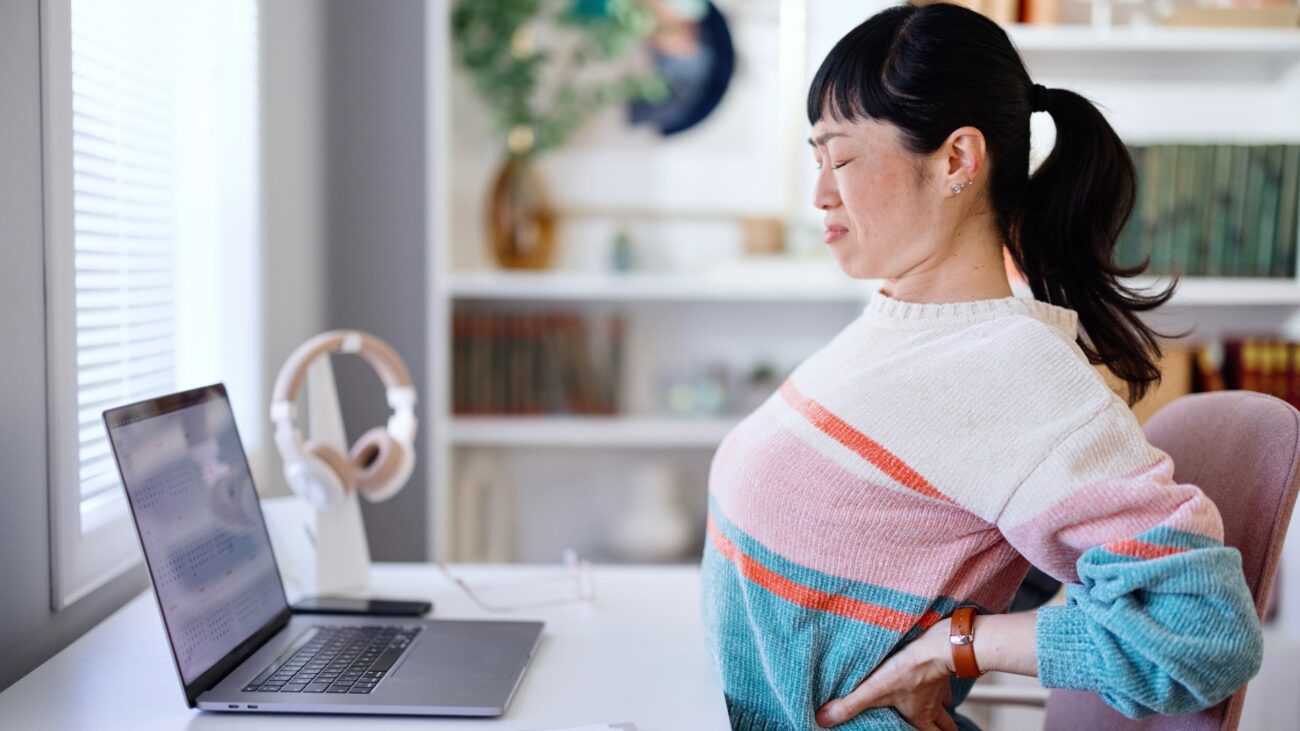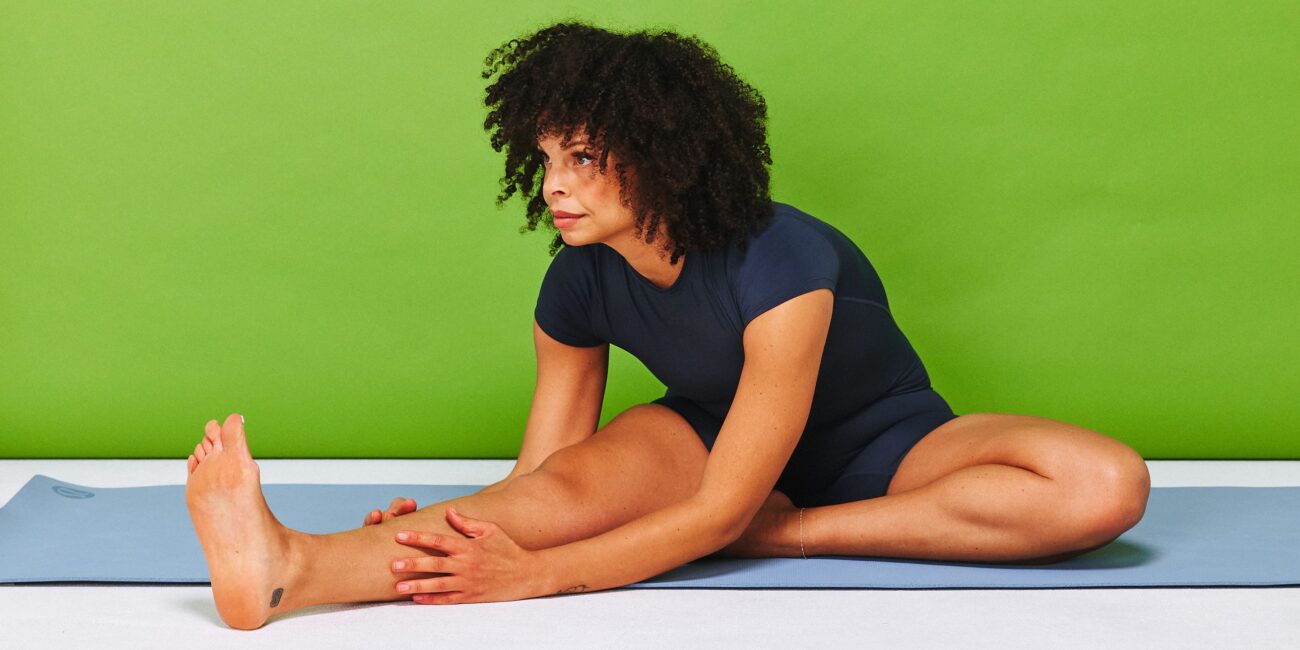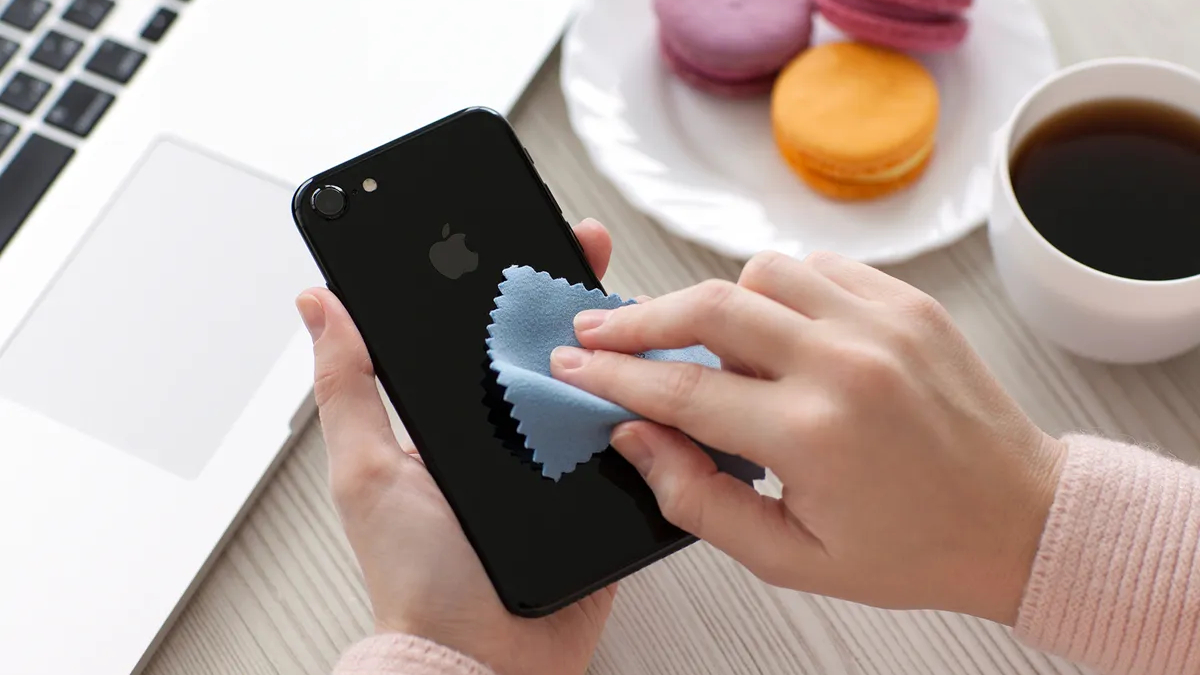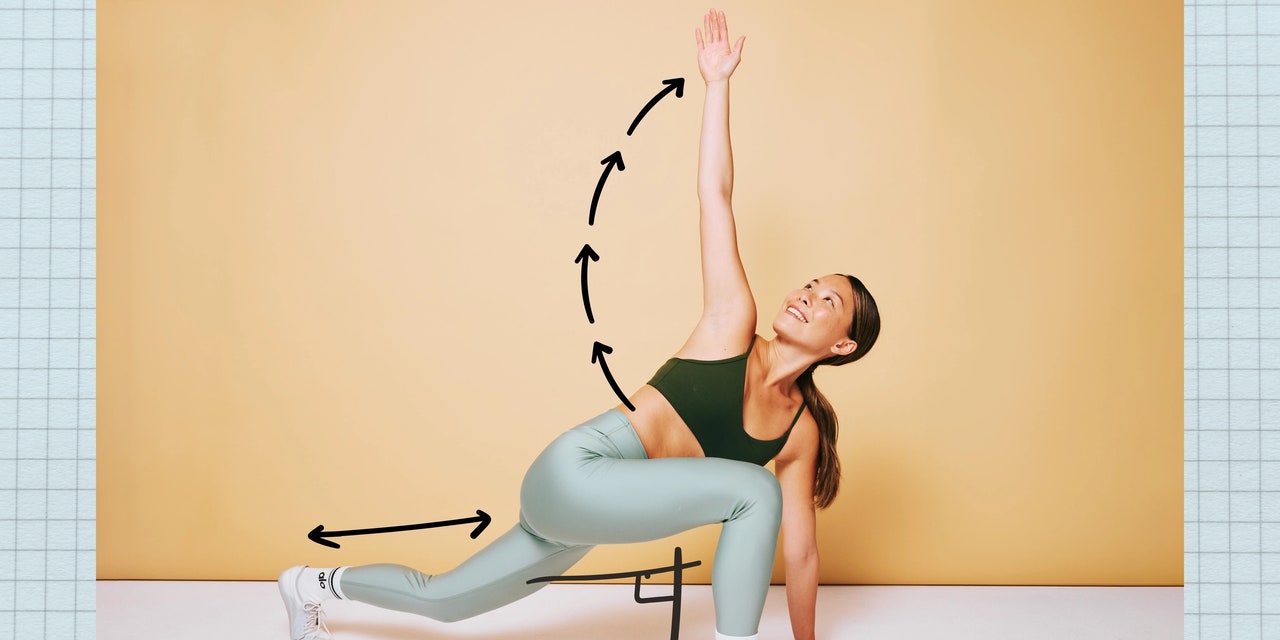Blog
The Seated Figure-4 Stretch Will Loosen Up Your Tight Butt

One final perk of the seated figure-4? If you can make it part of a mindfulness practice—meaning, you’re not multitasking while you hold it, but instead take that time to connect with your body–it can provide the secondary benefit of stress reduction, Dr. Jeffcoat says. (Of course, that’s true of most any type of stretching!).
How is seated figure-4 different from the OG version on the floor?
First we’ll start with the similarities: Whether you’re in a chair or on the ground, the figure-4 stretch hits all the same areas of your glutes and hips. “The muscles that are stretched are the same; you’re just moving into a different position,” Dr. Jeffcoat says. That means either one can be a good option for people with tight, cranky hips.
There are a few differences, though. The convenience factor is a biggie: The seated figure-4 stretch is a lot easier to slot into your day-to-day, since you don’t have to get down on the ground to do it. That means it can be a more practical and discreet way to loosen up your tense butt, which is key if you’re in a situation where plopping down onto a mat really isn’t an option–—for example, if you’re in an office, on an airplane, or taking a long car ride.
But the on-the-floor figure-4 has its advantages, too, including the fact that it can be modified to be less intense, which isn’t the case with the chair-supported version. In the seated stretch, “you have to have a good amount of range of motion to get your ankle up to your knee,” Dr. Jeffcoat explains. This amount of mobility may not feel great for some people, including those with back, knee, or hip pain or issues. But in the lying down version, you have the option to step your grounded foot further away from your body so that your other leg isn’t as tucked in towards your body. “That would allow you to have a more gradual stretch,” Dr. Jeffcoat says.
How to work it into your routine
How often to do the seated figure-4 all depends on how cranky your hips are. If you’re plagued by a super-tight butt, do this move one to two times a day, at least four to five times a week (though daily is ideal), Dr. Jeffcoat says. If your hips feel okay and you’re stretching to just maintain mobility, do it two to three times a week, or after activities where you’re really firing up your glutes and hips, like a lower-body workout or a long day on your feet.
Each time you do it, hold it for six slow, deep breaths on each side, which equates to about 30-second holds, Dr. Jeffcoat says. Bonus: By focusing on your breathing, you automatically emphasize that secondary stress reduction benefit, she explains. Aim for two to three rounds per side; if you find one side is tighter than the other, do more rounds on that side than the looser side until you achieve balance between sides, Dr. Jeffcoat advises.












